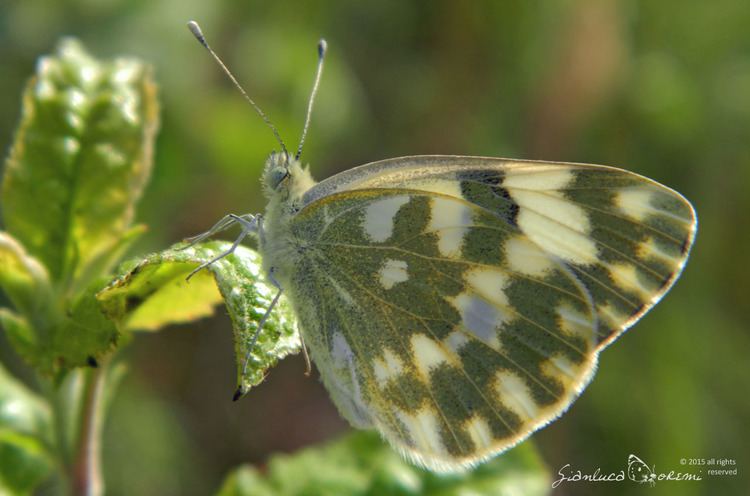Genus Pontia Rank Species | ||
 | ||
Similar Pontia, Pontia daplidice, Leptidea, Leptidea sinapis, Colias sareptensis | ||
Macrofotografia farfalla pontia edusa
Pontia edusa, the eastern Bath white, is a butterfly in the family Pieridae.
Contents
- Macrofotografia farfalla pontia edusa
- Pontia edusa fabricius 1777
- Description
- Distribution
- Habitat
- Subspecies
- References
Pontia edusa fabricius 1777
Description
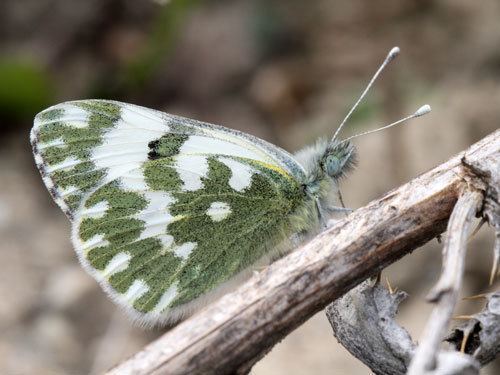
Pontia edusa is a small to medium-sized migrant butterfly, with a wingspan reaching about 45 mm. The upperside of the wings is white, with black stains on the top of the forewing and hindwing. The hindwing undersides have greenish-grey spots. The butterfly is nearly identical to Pontia daplidice. Investigations of the genitals are the only way to distinguish between these two types.
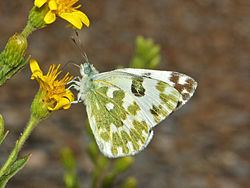
The adults fly from March to October with two to four generations depending on the latitude. The eggs are laid singly and have an incubation period of seven days. The caterpillars are present from May. They are greyish-greenish, with black dots and broad yellow stripes, quite similar to the larva of the cabbage butterfly (Pieris brassicae). The larvae feed on Resedaceae species. Pontia edusa hibernates in the chrysalis stage.
Distribution
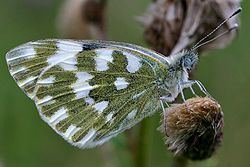
It is found from the south east of Europe (southern France, Italy, Corsica, Sardinia) up to central Europe and the Middle East in Iran and Iraq. It is a migrant which can also be encountered in Belgium, Holland, northern Germany and Poland, in the Baltic states and in southern Sweden and Norway.
Habitat
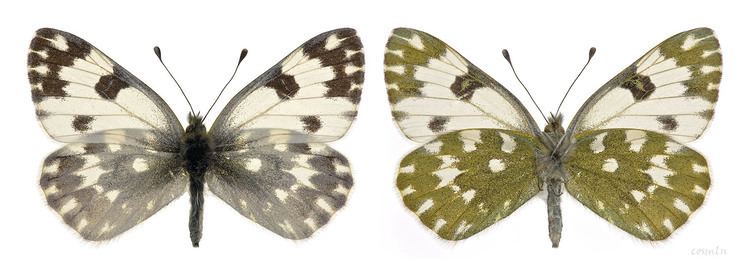
This species can be found in any open grassy or flowery areas, in stony or rocky places and in roadsides, especially where the host plants grow, at an altitude of 0–2,300 metres (0–7,546 ft).
Subspecies
